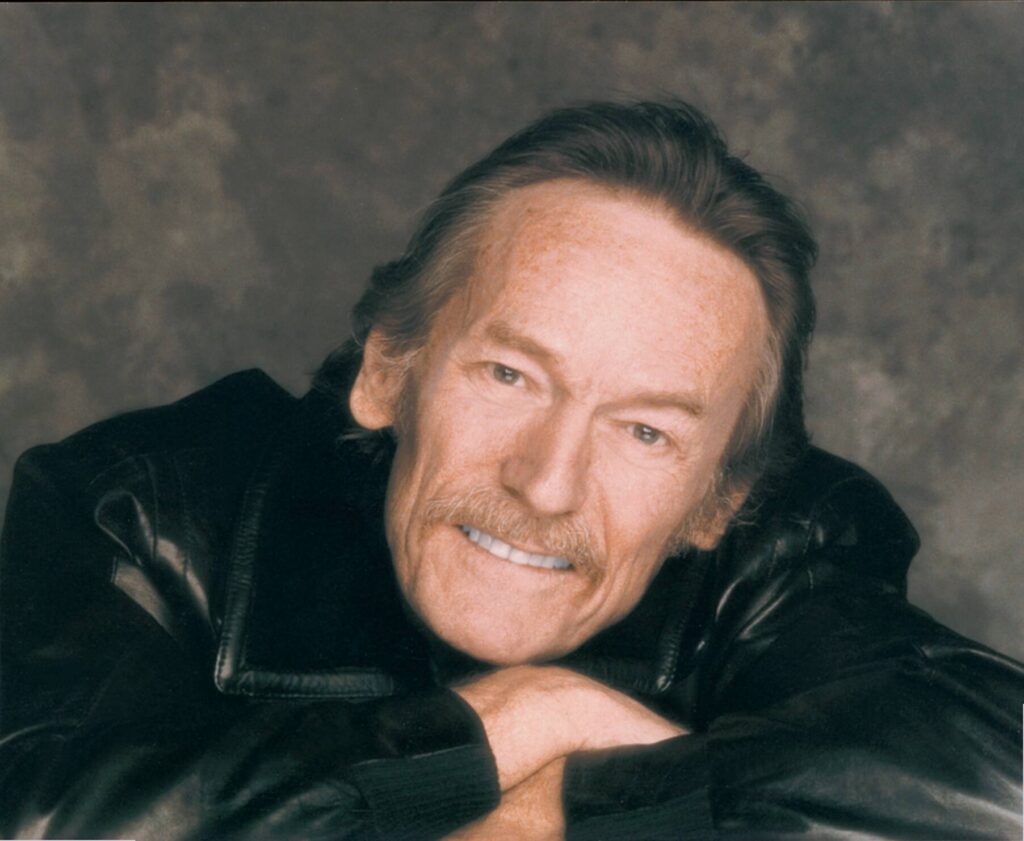
An Enduring Ode to Canada’s Birth and the Indomitable Spirit of Its Builders
There are certain songs that transcend mere entertainment, becoming woven into the very fabric of a nation’s identity, echoing through generations with a resonance that deepens with each passing year. Gordon Lightfoot’s monumental “Canadian Railroad Trilogy” is precisely such a piece. While it never ascended the pop charts as a standalone single – its sheer length and narrative ambition precluding such conventional commercial pathways – its impact on the Canadian cultural landscape, and indeed on the hearts of listeners worldwide, is immeasurable. Rather than a fleeting chart position, its true measure lies in its enduring status as an unofficial national anthem, a masterclass in historical balladry that stands as a testament to human endeavor and sacrifice. Released in 1967 on his album The Way I Feel, the song quickly became synonymous with Canada’s centennial celebrations that same year, most notably through its powerful performance at Expo 67 in Montreal, solidifying its place in the collective memory.
The genesis of “Canadian Railroad Trilogy” is a fascinating tale that speaks volumes about Lightfoot’s unparalleled talent and his deep connection to his homeland. Commissioned by the Canadian Broadcasting Corporation (CBC) for a television special commemorating Canada’s centennial, Lightfoot was given the formidable task of encapsulating the epic saga of the Canadian Pacific Railway in song. Remarkably, he penned this sprawling, evocative narrative in a mere three days, a testament to his innate ability to channel history, emotion, and melody into a cohesive, compelling whole. The railway itself, completed in 1885, was more than just a transportation link; it was the steel sinew that bound a nascent nation, spanning an immense, unforgiving wilderness from the Atlantic to the Pacific. Lightfoot’s charge was to tell this story, not as a dry historical account, but as a living, breathing testament to the dreams and struggles of those who forged it.
At its heart, “Canadian Railroad Trilogy” is a profound exploration of nation-building, viewed through the lens of human cost and unwavering perseverance. It vividly paints a picture of the thousands of laborers – many of them immigrants from Ireland and China – who toiled under unimaginable conditions, blasting through rock, traversing treacherous mountains, and laying track across vast, desolate prairies. Lightfoot’s lyrics are a poignant tribute to these unsung heroes, capturing the bone-wearying work, the extreme weather, the dangers, and the sheer grit required to conquer a formidable landscape. The song isn’t just about steel and steam; it’s about sweat and blood, dreams and despair, a testament to the fact that progress, particularly on such a grand scale, is built on the backs of ordinary people achieving extraordinary feats. For older readers, it conjures images from history books and family lore, perhaps even recalling the stories told by grandparents who lived in an era when such monumental undertakings were still within living memory.
Listening to “Canadian Railroad Trilogy” today, especially for those of us who have lived through many seasons, is to embark on a journey through time itself. Lightfoot’s voice, with its rich timbre and understated power, becomes the voice of generations past, guiding us through the echoing canyons and across the vast plains, feeling the rhythmic clang of the hammer and the rumble of the trains that followed. It evokes a deep, stirring nostalgia for a time when the land was still being tamed, when the promises of a young nation were being laid down, sleeper by wooden sleeper. It speaks to the enduring Canadian spirit – hardy, resourceful, and quietly determined. For those who remember the centennial year, or who simply grew up with Lightfoot’s timeless melodies as a soundtrack to their lives, the song resonates with a powerful sense of shared heritage, reminding us of the foundations upon which our modern world was built. It’s a call to reflect on the immense changes we’ve witnessed, yet also to recognize the enduring spirit of those who came before us, a spirit beautifully immortalized in this truly magnificent work.